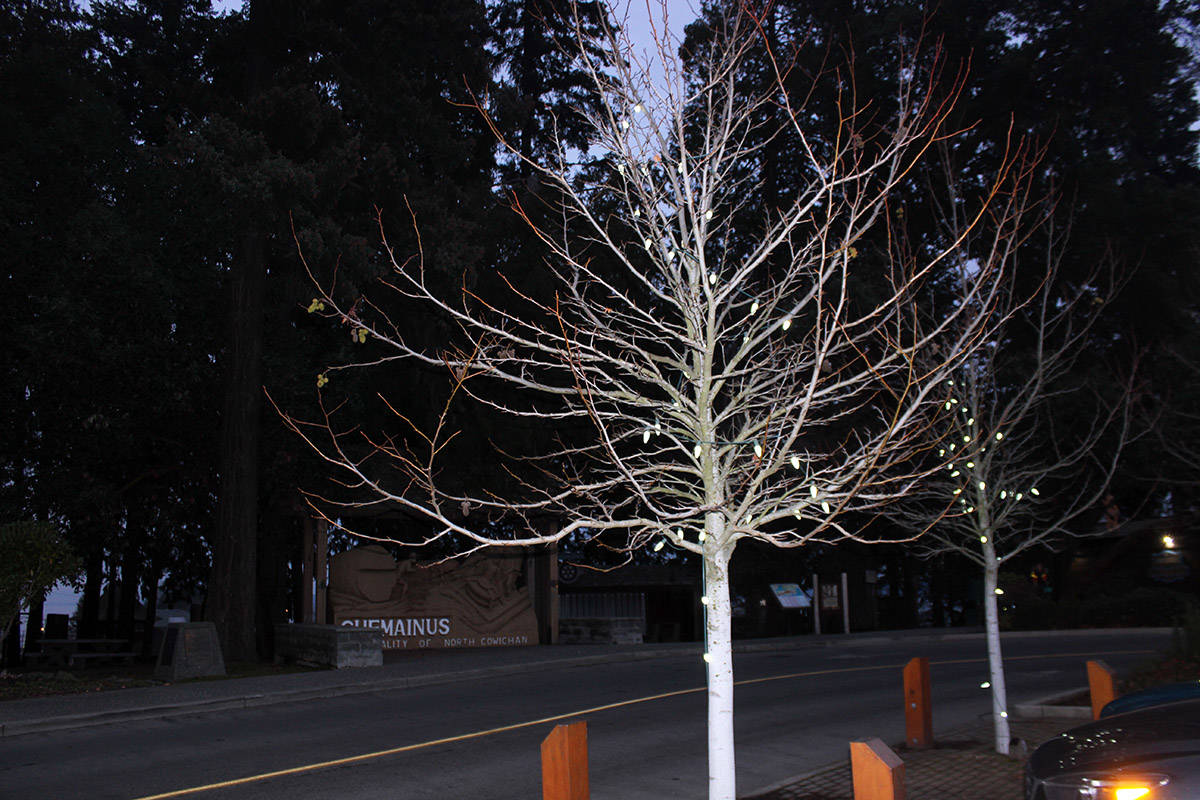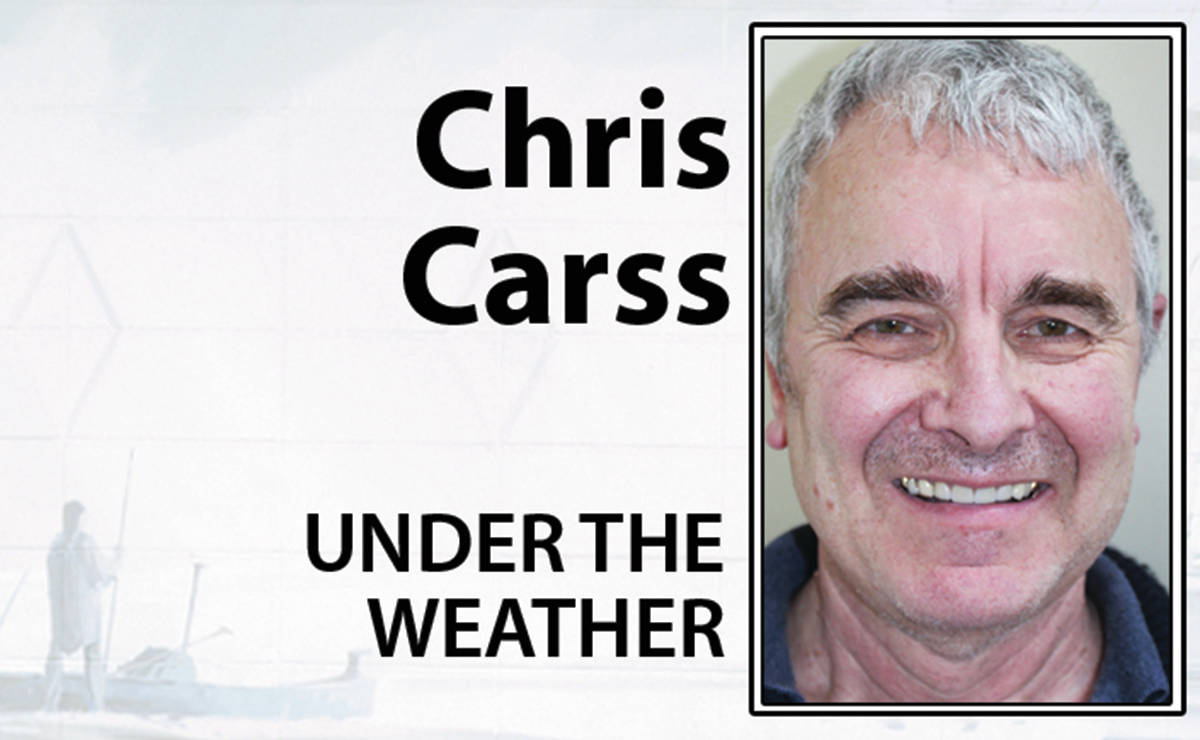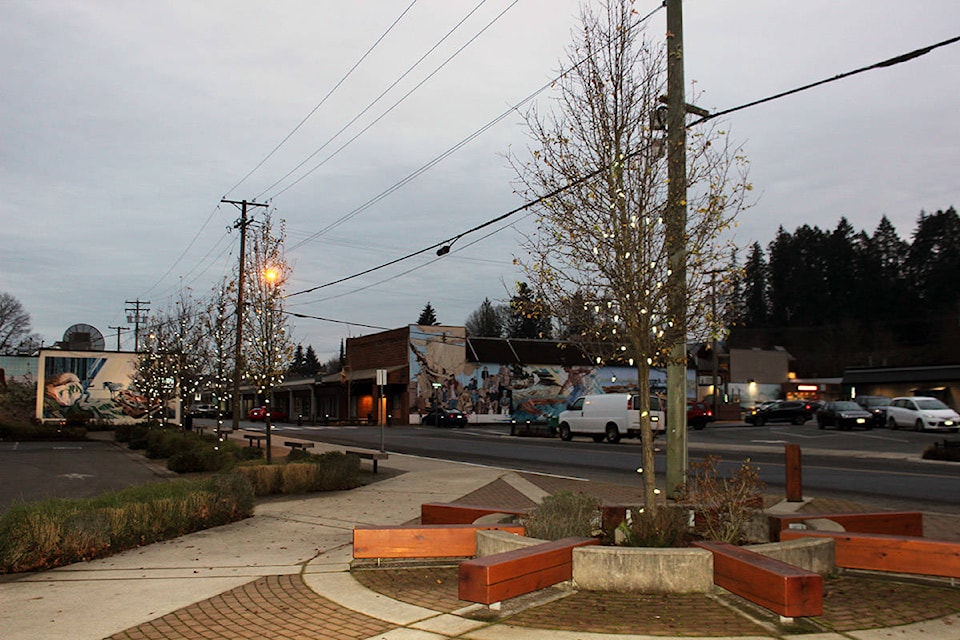The Chemainus weather station is pleased to pass on some good news from astronomers to Vancouver Island residents who are looking forward to longer afternoon daylight after the winter solstice on Dec. 21.
Although the solstice has the shortest overall hours of daylight between sunrise and sunset, there is a small wobble in the Earth’s axis that causes our afternoons to stop becoming shorter as early as December 10 -12 on Vancouver Island.
The sunset time which has been getting earlier and earlier since late June finally stalls out at 4:17 p.m. on those dates this year in the Chemainus Valley. This value changes very little from one year to the next, but may vary a bit in different parts of the Island (please check your local listings). After that, the sunset times start to become later and later as the sun starts its northward migration until we have our longest hours of p.m. daylight next June.
However, because the winter solstice is still the shortest day of the year, it becomes necessary to “rob Peter and pay Paul” to balance out our daylight accounts. This means our morning sunrise will continue to get later and later until after Boxing Day when the time will stall out at 8:08 a.m., then start getting earlier again around New Year’s Eve as the a.m. sun begins its annual northerly migration. So the news is not so good for early risers who like to see some daylight when they wake up during the Christmas season.
Next June, this whole scenario will be turned around and the morning sun will reverse its annual migration before the solstice while the p.m. sun waits until after the solstice to reverse migration and start giving us the earlier sunset times that will progress until this time in December next year.
A further note about Dec 10-12 is this period also sees our statistically wettest days of the year based on average frequency of precipitation. After that, the precipitation events gradually become less frequent until the arrival of the dry season in July. So we have several important turnarounds happening this month.
Another turnaround that is keenly watched is the temperate trend. Traditionally, that reversal has occurred in mid January, just in time to see some slight warming during the winter-spring transition after Groundhog Day. But in recent years, our coldest temperatures have been observed in December so the temperature turnaround has become harder to pin down, maybe due to ongoing climate change.
Time will tell if this trend continues. In the meantime, I’d like to wish everyone a Colossal COVID Christmas, even if the alliteration is about the only thing to enjoy about it for some (or many!). Of course there’s a variety of COVID-safe environmental activities, like cloud-spotting to help anticipate changes in the weather, or bird-watching and animal or plant-spotting, any of which can also provide clues about what’s going on in the natural world around us. Additionally, there’s any number of non-environmental ways to pass the time, but I like to stick to what I know.
(Chris Carss is a volunteer weather observer/recorder for Environment Canada at his Chemainus home).


